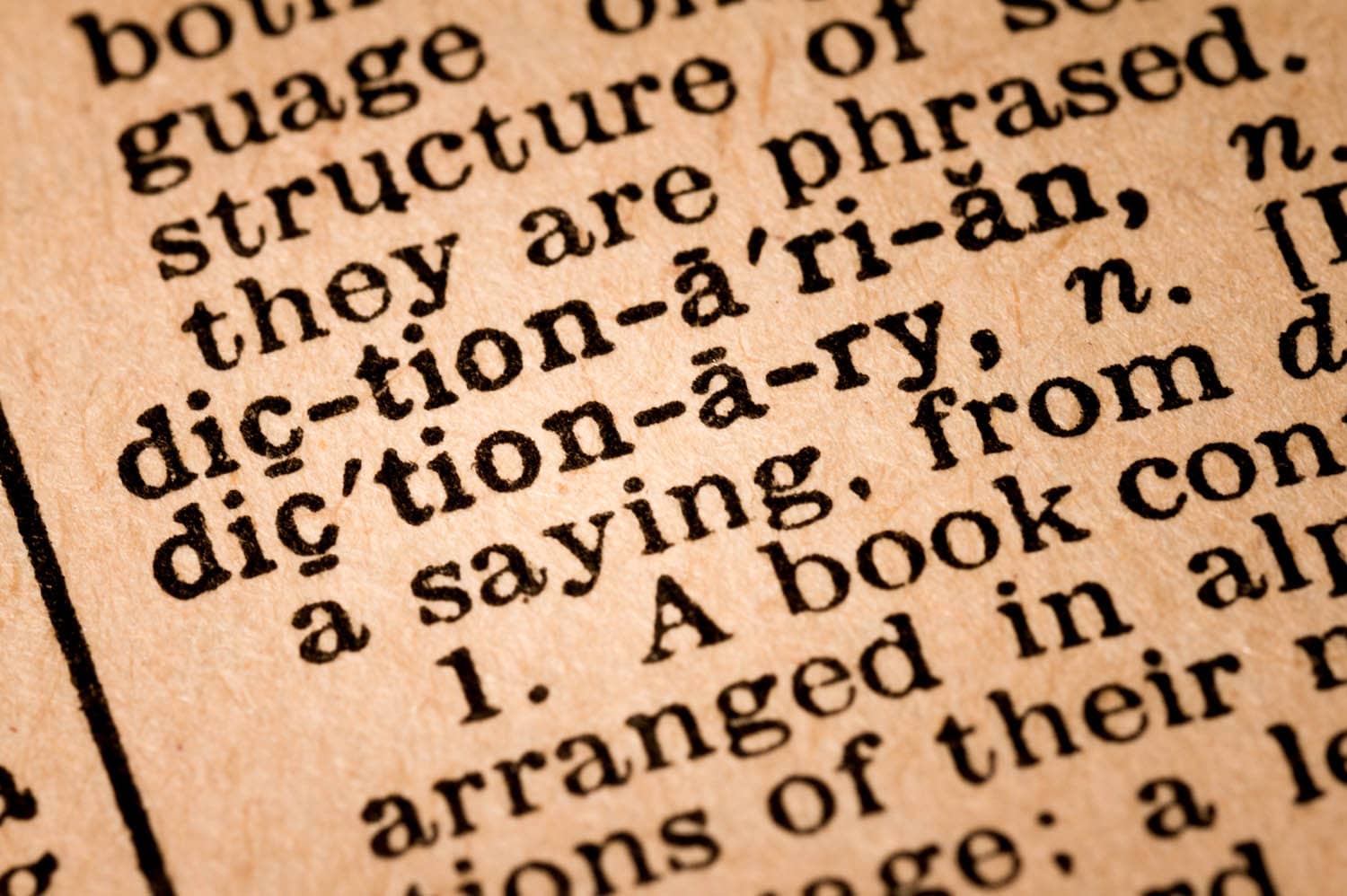Is it proofreader, proof reader or proof-reader?
Many people have asked Future Perfect about the spelling of ‘proofreader’ and ‘proofreading’.
To explain this, let’s first think about the technical names for writing words like this:
- proof reading [spelling as two words]
- proof-reading [hyphenated compound noun]
- proofreading [closed compound spelling as one word]
Similarly:
- proof reader [open spelling as two words]
- proof-reader [hyphenated compound noun]
- proofreader [closed compound spelling as one word]
If you search Google (for the first set of words above, ending -ing), you will find about 68m search results as a closed spelling (3), with only 6m for each of the open spelling (1) and hyphenated spelling (2). Of course, this reports only what people are using and not what is right and wrong to write. However, the two are linked!
Future Perfect is not behind the times, when it comes to realising that we are using a living, flexing and changing language.
Words are made up and evolve all the time.
Interestingly, though, this word has followed the standard etymological pattern of change which many words go through, over time – meaning that it begins as an open spelling as two words (1), moves through being a hyphenated compound noun (2) and ends up as a closed spelling as one word (3).
So, it would be most up to date to use this as (3): ‘proofreader’ and ‘proofreading’
At any point in time, you can see words which are going through this transition.
So, you have to decide which you like and which has the greatest sure-founded backing, along with ensuring consistency with other words in your material.
With modern communications methods, this transition is taking place far more rapidly than it ever previously used to.
Example – today:
I’ll bet you did not know that another word which has long since gone through this evolution is the word ‘today’.
It started as open (1) ‘to day’ – from Middle English times and Old English before that ‘to + dœge’ meaning ‘on this day’.
After this, it became hyphenated (2) ‘to-day’, which was used for several hundred years and can be seen in documents and manuscripts of the time.
Nowadays, it is the closed spelling (3) ‘today’ which we use – and most people would never know any different!
